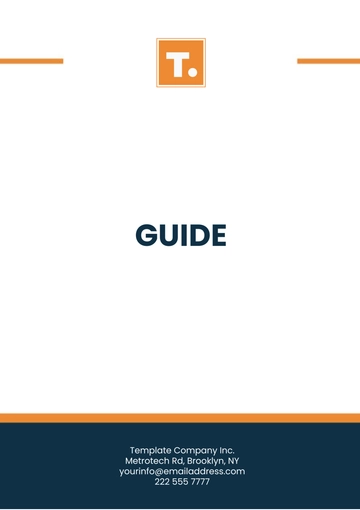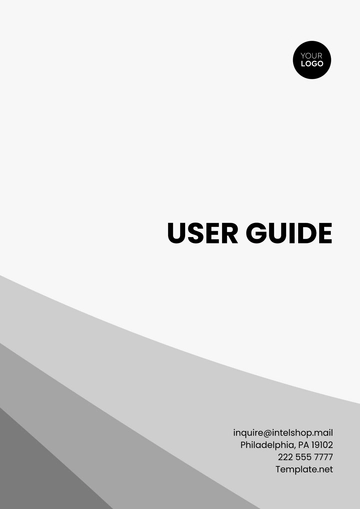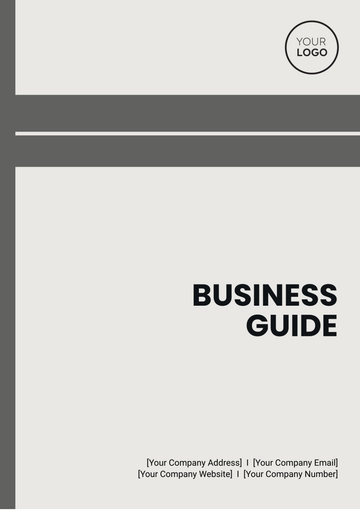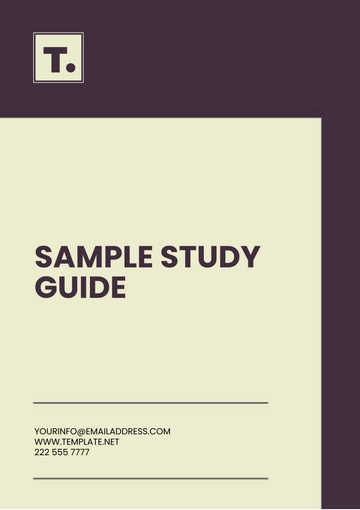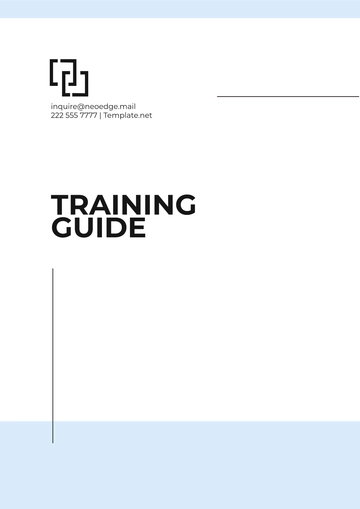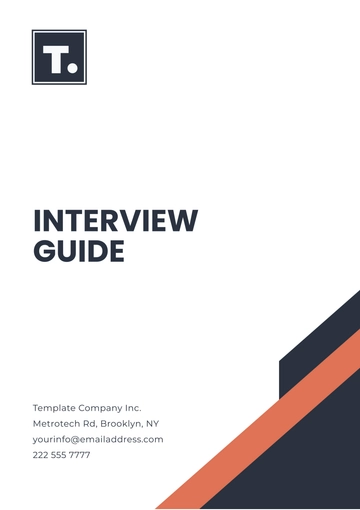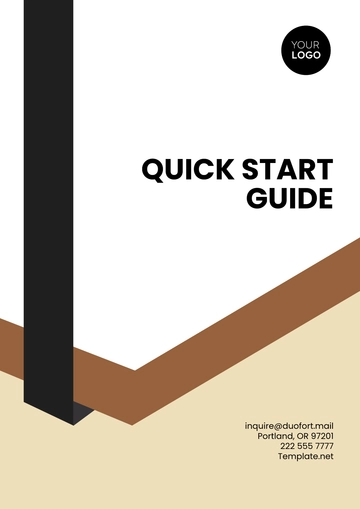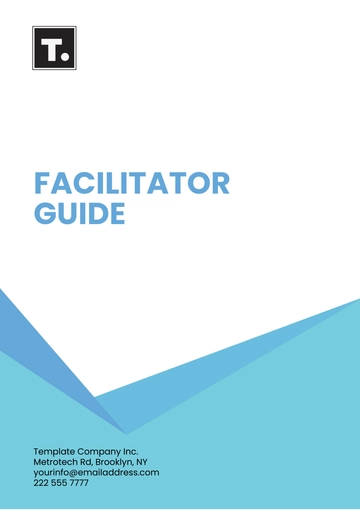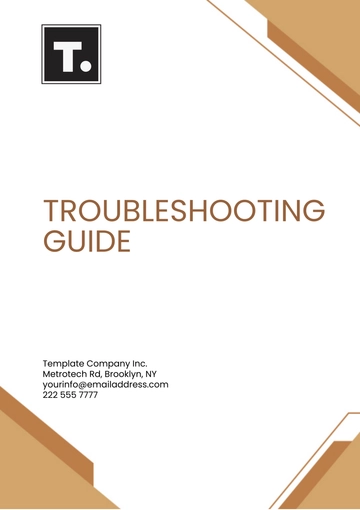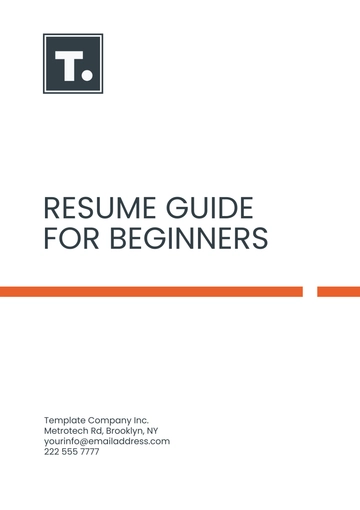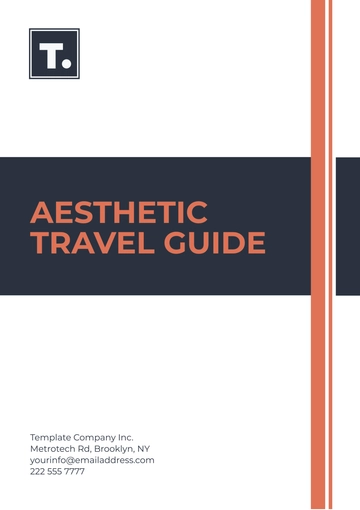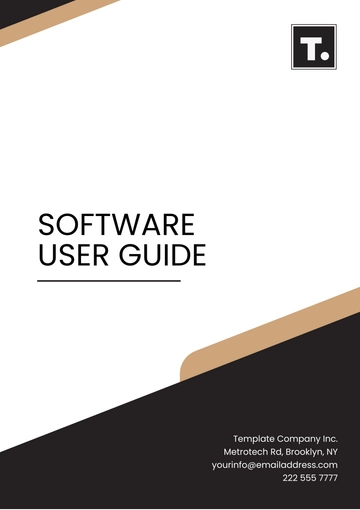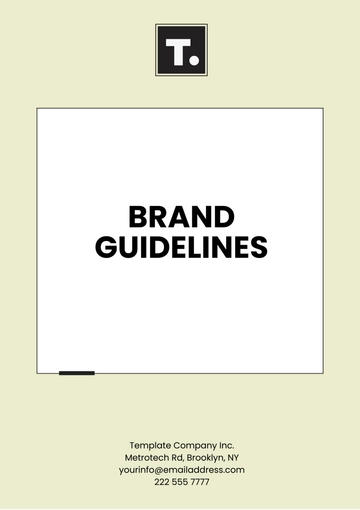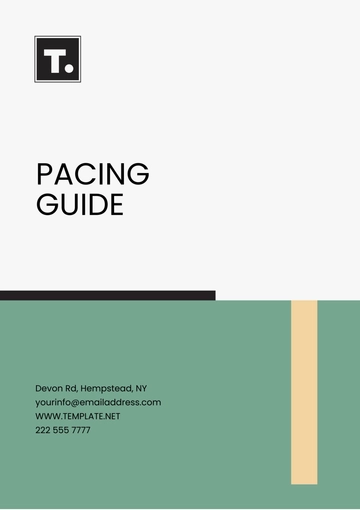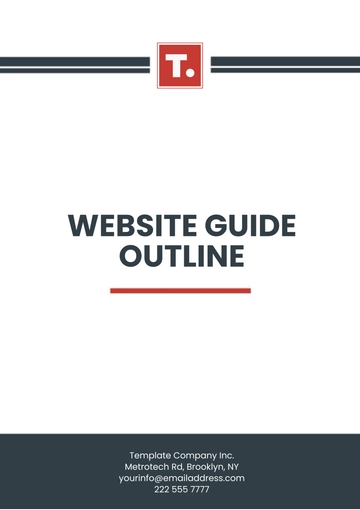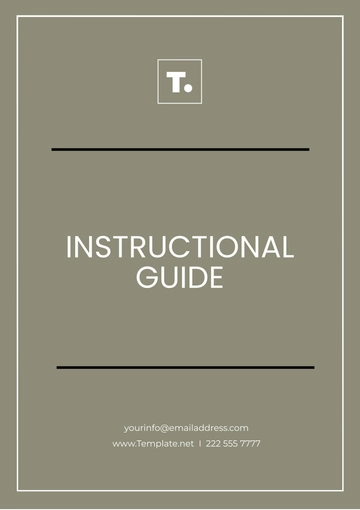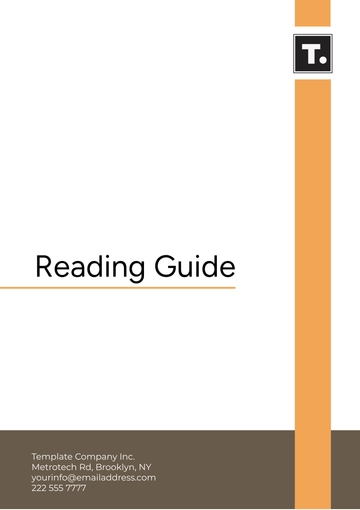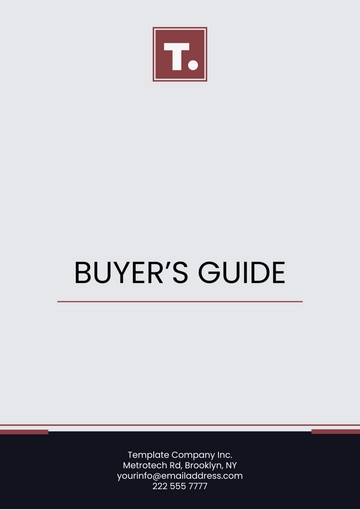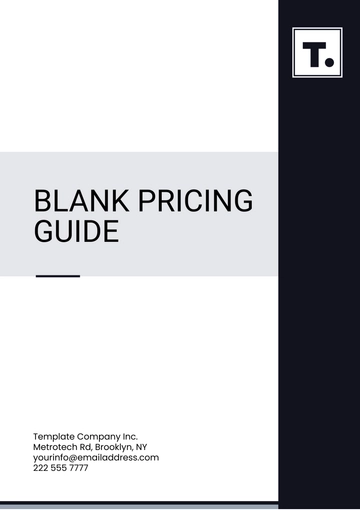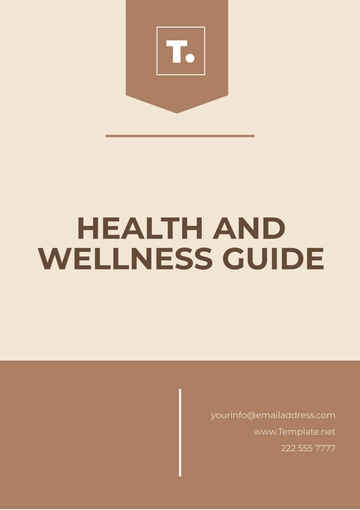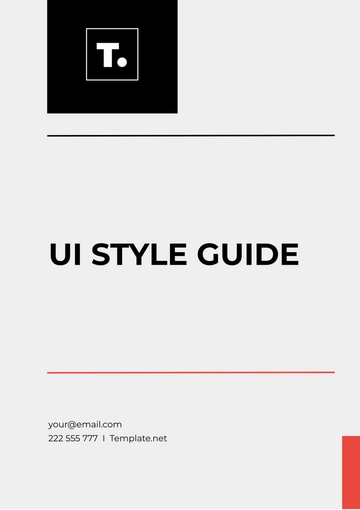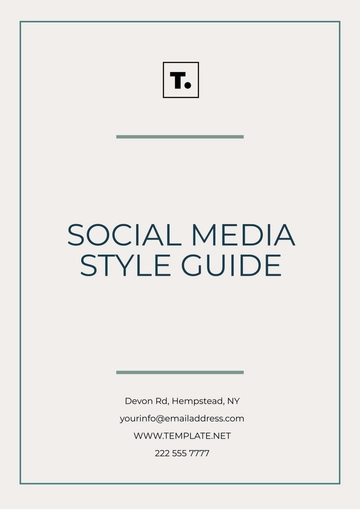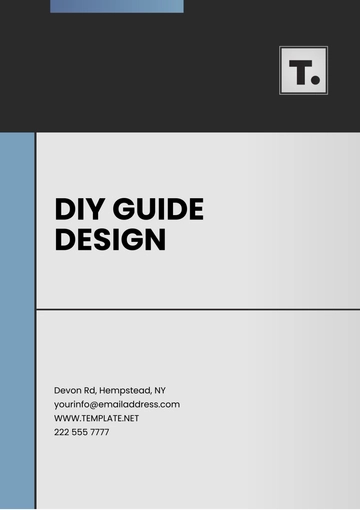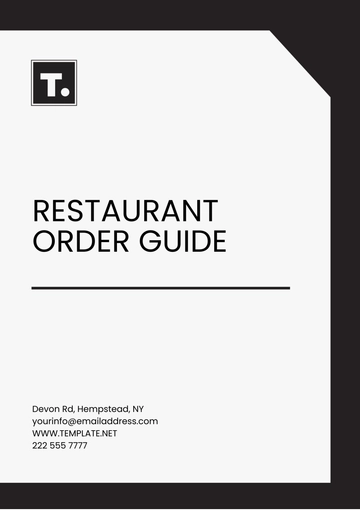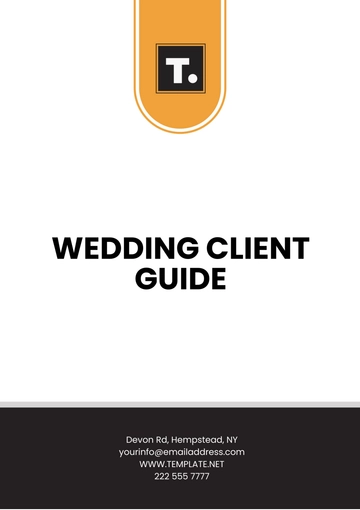Free Hotel Marketing Guide
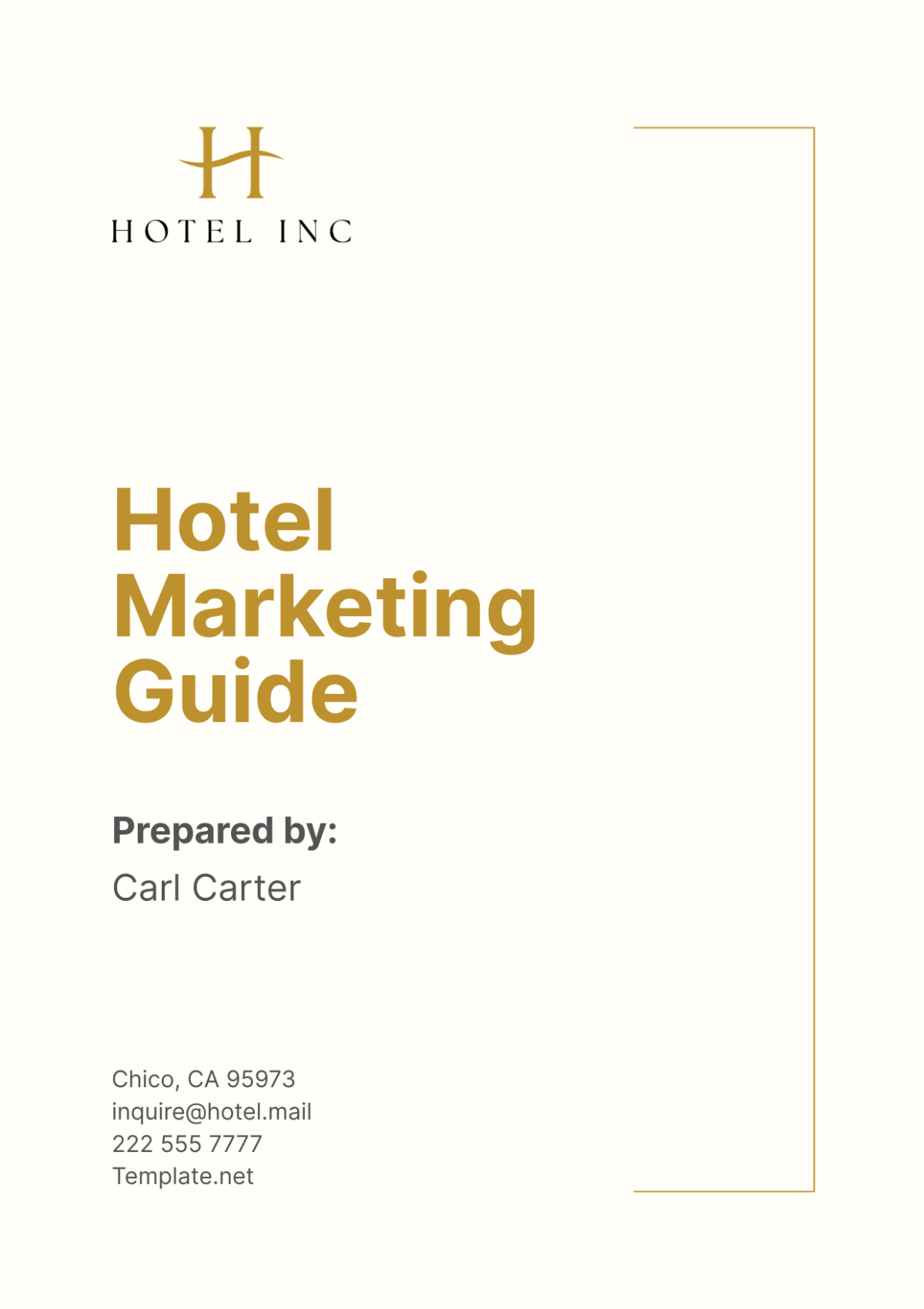
Introduction
Welcome to the [Your Company Name] Hotel Marketing Guide. This comprehensive guide is designed to outline our strategic approach to marketing within the highly competitive hospitality industry. Our goal is to effectively reach our target audience, differentiate ourselves from competitors, and achieve sustained growth. By following this guide, we aim to enhance our brand presence, drive bookings, and ensure guest satisfaction.
1. Target Audience
Understanding the target audience is crucial for the success of any marketing campaign. For [Your Company Name], our target audience encompasses various segments within the hospitality industry. This diverse audience includes business travelers, leisure tourists, event organizers, families, and couples. Each segment has unique needs and preferences that we must cater to in our marketing efforts.
Business Travelers
Business travelers are a significant segment of our target audience. They typically range in age from 25 to 55 and prioritize convenience, efficiency, and high-quality amenities that support their professional needs. These travelers look for hotels that offer reliable Wi-Fi, business centers, meeting rooms, and express check-in/check-out services. They value proximity to business districts, airports, and transport hubs. Our marketing messages for business travelers emphasize our hotel’s strategic location, business-friendly amenities, and loyalty programs designed to reward frequent stays.
Leisure Tourists
Leisure tourists seek comfort, relaxation, and memorable experiences during their stays. This segment includes solo travelers, groups, and adventure seekers who prioritize amenities such as swimming pools, spas, recreational activities, and tour packages. Leisure tourists are attracted to hotels that offer exceptional service, cultural experiences, and attractive vacation packages. Our marketing efforts for leisure tourists highlight our luxurious accommodations, unique local experiences, and special deals designed to enhance their stay.
Event Organizers
Event organizers represent another critical segment. They require flexible spaces, state-of-the-art facilities, and comprehensive event planning services for hosting conferences, weddings, corporate retreats, and other large gatherings. This segment values hotels that provide customizable packages, catering services, and professional event coordination. We market our hotel’s spacious venues, advanced technology, and experienced event planning team to attract event organizers looking for a reliable and versatile partner.
Families and Couples
Families and couples look for hotels that offer a blend of relaxation, entertainment, and convenience. They seek family-friendly activities, comfortable accommodations, and special packages that cater to their needs. Couples often look for romantic getaways, while families prioritize safety and kid-friendly amenities. Our marketing for this segment emphasizes our family-oriented services, special offers for couples, and a safe, welcoming environment that caters to all ages.
By tailoring our marketing messages to these distinct segments, [Your Company Name] can effectively resonate with the diverse needs and preferences of our target audience, driving engagement and bookings.
2. Competitive Analysis
Conducting a thorough competitive analysis allows [Your Company Name] to benchmark our services against industry standards and identify areas for improvement. This analysis involves studying key competitors in the hotel industry to understand their strengths, weaknesses, and market positioning.
Competitor Identification
Identifying key competitors is the first step in our competitive analysis. These competitors may include other hotels within the same geographic region, those offering similar services, or those targeting the same customer segments. By understanding who our competitors are, we can better assess our position in the market and identify opportunities for differentiation.
Service Comparison
Analyzing the quality and range of services offered by competitors helps us understand market expectations and gaps. This involves comparing amenities, room types, customer service quality, and additional offerings such as dining, wellness, and recreational facilities. Understanding these factors allows us to enhance our own service offerings to meet or exceed market standards.
Pricing Strategies
Understanding competitors' pricing strategies is crucial for positioning our hotel competitively. This includes analyzing room rates, package deals, seasonal discounts, and loyalty programs. By assessing how competitors price their services, we can develop our own pricing strategies that offer value while maintaining profitability.
Customer Reviews
Monitoring customer reviews of competitors provides insights into their strengths and weaknesses from the guest's perspective. Positive reviews highlight areas where competitors excel, while negative reviews reveal common pain points and areas for improvement. By leveraging this information, we can enhance our own services and avoid common pitfalls.
Marketing Tactics
Evaluating the marketing tactics used by competitors helps us understand how they attract and retain customers. This includes studying their online presence, advertising strategies, promotional campaigns, and use of social media. By identifying effective tactics, we can refine our own marketing efforts to achieve better results.
Competitive Analysis Table
Competitor | Strengths | Weaknesses | Opportunities | Threats |
|---|---|---|---|---|
Hotel A | High-quality service, luxury amenities | High pricing, limited family packages | Improve value-for-money offerings | Aggressive marketing campaigns |
Hotel B | Affordable pricing, good location | Inconsistent service quality, outdated decor | Modernize facilities, enhance service | Competitive pricing pressure |
Hotel C | Excellent customer reviews, strong brand | Limited event space, high occupancy rates | Expand event facilities | High customer expectations |
Hotel D | Diverse amenities, eco-friendly practices | Less online presence, outdated website | Enhance digital marketing efforts | Rising operational costs |
By conducting a detailed competitive analysis, [Your Company Name] can identify areas where we excel and opportunities for improvement. This analysis enables us to develop strategies that leverage our strengths and address our weaknesses, ensuring a competitive edge in the hospitality industry.
3. Key Messages
Crafting key messages that resonate with our target audience is essential for building a strong brand identity and attracting guests. Our key messages highlight the unique value propositions of [Your Company Name], focusing on our exceptional service, luxurious accommodations, and commitment to sustainability and personalized experiences.
Exceptional Quality of Services
One of our primary messages is our commitment to providing exceptional quality services. We emphasize our attention to detail, professional staff, and dedication to exceeding guest expectations. This message is conveyed through testimonials, case studies, and high-quality visuals that showcase our impeccable service standards.
Luxurious Comfort of Accommodations
Highlighting the luxurious comfort of our accommodations is another key message. We focus on the elegance, sophistication, and comfort of our rooms and suites. Descriptions of premium bedding, state-of-the-art amenities, and stunning views help paint a picture of the upscale experience guests can expect.
Unparalleled Hospitality
Our dedication to unparalleled hospitality sets us apart. We emphasize personalized services, attentive staff, and our mission to make every guest feel special. Stories of memorable guest experiences and our commitment to creating a welcoming atmosphere reinforce this message.
Eco-Friendly Practices
In today’s market, eco-friendly practices are increasingly important to guests. We highlight our sustainable initiatives, such as energy-efficient lighting, water conservation programs, and eco-friendly toiletries. This message appeals to environmentally conscious travelers who value sustainability.
Exclusive Amenities
We also highlight our exclusive amenities, such as our spa services, fine dining options, and recreational activities. By showcasing these unique offerings, we attract guests seeking a comprehensive and luxurious stay experience.
Personalized Services
Finally, we stress our ability to provide personalized services tailored to individual guest preferences. From custom room setups to personalized concierge services, we ensure that every guest's stay is unique and memorable.
By consistently conveying these key messages across all marketing channels, [Your Company Name] can build a strong, recognizable brand that resonates with our target audience and drives bookings.
4. Branding Guidelines
Maintaining a consistent brand image is essential for recognition and trust. Consistency in branding not only reinforces our identity but also builds a sense of reliability and professionalism in the minds of our customers. Here, we outline the key elements of our branding guidelines to ensure that all marketing materials and communications reflect the elegance and sophistication of [Your Company Name].
Logo Usage
The logo is a critical component of our brand identity. It must be used consistently across all platforms and materials to reinforce brand recognition.
Placement: The official logo should always be placed at the top left corner of documents and marketing materials. This placement is strategic as it is often the first place the eye is drawn to.
Size: The logo must be appropriately sized for the medium. It should be large enough to be easily recognizable but not so large that it overwhelms the content.
Color Variations: Use the standard color version of the logo whenever possible. Variations in color should only be used if the background requires it and should always maintain brand integrity.
Aspect Ratio: The logo must maintain its original aspect ratio to prevent distortion. Do not stretch, skew, or alter the logo in any way.
Color Palette
Our color palette is carefully selected to reflect the sophistication and elegance associated with [Your Company Name].
Primary Colors: Gold (#FFD700) and Royal Blue (#4169E1). These colors symbolize luxury and trust, respectively.
Secondary Colors: White (#FFFFFF) and Grey (#808080). These neutral tones complement the primary colors and maintain a clean, professional look.
Using these colors consistently across all marketing materials ensures a unified and recognizable brand identity.
Typography
Typography plays a significant role in maintaining brand consistency and readability.
Primary Font: Helvetica Neue. This font is modern, clean, and highly readable, making it suitable for most text applications.
Secondary Font: Times New Roman. This classic font is used for formal documents and certain headings.
Font Sizes: Use 12pt size for body text and 14pt size for headings. This ensures readability and a clear hierarchy in the text.
Maintaining these typography standards across all platforms helps in creating a cohesive visual identity.
Imagery
The images we use should reflect the luxury, comfort, and exclusivity of [Your Company Name].
High-Resolution Images: All images should be high resolution to ensure clarity and professionalism.
Content: Images should showcase the hotel’s amenities, rooms, and services. They should evoke a sense of luxury and comfort, attracting potential guests with their visual appeal.
Consistency: Use a consistent style and tone in imagery to reinforce the brand’s identity. This includes lighting, color grading, and composition.
Branding Guidelines Table
Element | Guidelines |
|---|---|
Logo | Use the official logo in all communications. Place it at the top left corner of documents. Maintain aspect ratio; do not stretch or alter the logo. |
Color Palette | Primary colors: Gold (#FFD700), Royal Blue (#4169E1). Secondary colors: White (#FFFFFF), Grey (#808080). Use these colors consistently in all designs. |
Typography | Primary font: Helvetica Neue. Secondary font: Times New Roman. Use 12pt size for body text and 14pt size for headings. Maintain consistency across platforms. |
Imagery | Use high-resolution images that showcase the hotel's amenities, rooms, and services. Images should evoke a sense of luxury, comfort, and exclusivity. |
5. Promotional Strategies
To effectively reach our target audience, [Your Company Name] employs a mix of digital and traditional promotional strategies. Each strategy is designed to leverage different channels and tactics to maximize our reach and engagement.
Digital Marketing Strategies
Social Media Advertising: Platforms like Facebook, Instagram, and LinkedIn are essential for engaging with potential guests. We utilize targeted ads and posts to reach specific demographics and interest groups.
Content Strategy: Regularly posting engaging content such as behind-the-scenes looks, guest testimonials, and special offers.
Targeting: Using demographic and interest-based targeting to reach the right audience.
Engagement: Encouraging interactions through comments, shares, and likes to increase visibility and engagement.
Search Engine Optimization (SEO): Optimizing our website content to rank higher in search engine results attracts organic traffic.
Keyword Research: Identifying and incorporating relevant keywords that potential guests are searching for.
Content Creation: Producing high-quality blog posts, articles, and web pages that provide valuable information and improve SEO rankings.
Technical SEO: Ensuring the website is technically optimized for search engines, including fast loading times, mobile optimization, and secure connections.
Email Campaigns: Sending personalized offers, newsletters, and updates to our subscriber list to encourage repeat bookings and engagement.
Personalization: Using the recipient’s name and tailoring content based on their previous interactions with the hotel.
Segmentation: Segmenting the email list based on demographics, booking history, and preferences to deliver more relevant content.
Automation: Setting up automated email sequences for onboarding new subscribers, follow-up after stays, and special promotions.
Traditional Marketing Strategies
Print Advertisements: Placing ads in travel magazines, local newspapers, and industry publications helps reach audiences who may not be as active online.
Design: Creating visually appealing ads that align with our brand guidelines.
Placement: Selecting publications that are widely read by our target audience.
Travel Agency Partnerships: Collaborating with travel agencies to offer exclusive packages and deals expands our reach and credibility.
Package Development: Creating attractive packages that appeal to different segments of travelers.
Agency Relationships: Building strong relationships with travel agents to ensure they recommend our hotel to their clients.
Trade Shows and Events: Participating in hospitality trade shows and local events allows us to network and showcase our services.
Booth Design: Designing an engaging and informative booth that attracts attendees.
Promotional Materials: Providing brochures, business cards, and giveaways to attendees.
Networking: Actively engaging with attendees to build relationships and generate leads.
6. Budget Allocation
Allocating the marketing budget strategically ensures maximum ROI. The budget is divided between digital and traditional marketing efforts based on their effectiveness and reach.
Budget Allocation Table
Category | Budget Allocation | Percentage of Total Budget |
|---|---|---|
Digital Marketing | $150,000 | 60% |
- Social Media Advertising | $60,000 | 24% |
- SEO | $40,000 | 16% |
- Email Campaigns | $50,000 | 20% |
Traditional Marketing | $100,000 | 40% |
- Print Advertisements | $40,000 | 16% |
- Travel Agency Partnerships | $30,000 | 12% |
- Trade Shows and Events | $30,000 | 12% |
Total | $250,000 | 100% |
Digital Marketing Budget
Social Media Advertising: $60,000 (24% of total budget)
Breakdown: Facebook Ads ($20,000), Instagram Ads ($20,000), LinkedIn Ads ($20,000).
Justification: These platforms provide targeted advertising options that can reach a broad audience and drive engagement.
SEO: $40,000 (16% of total budget)
Breakdown: Keyword Research and Content Creation ($20,000), Technical SEO ($10,000), Backlink Building ($10,000).
Justification: Investing in SEO helps improve our organic search visibility, leading to more website traffic and bookings.
Email Campaigns: $50,000 (20% of total budget)
Breakdown: Email Marketing Software ($20,000), Content Creation ($15,000), List Segmentation and Personalization ($15,000).
Justification: Email campaigns are cost-effective and have a high ROI, making them an essential part of our marketing strategy.
Traditional Marketing Budget
Print Advertisements: $40,000 (16% of total budget)
Breakdown: Travel Magazines ($20,000), Local Newspapers ($10,000), Industry Publications ($10,000).
Justification: Print ads reach audiences who may not be as active online, providing a broader reach.
Travel Agency Partnerships: $30,000 (12% of total budget)
Breakdown: Commission Fees ($15,000), Exclusive Packages and Deals ($15,000).
Justification: Collaborating with travel agencies helps us tap into their established client base and boost bookings.
Trade Shows and Events: $30,000 (12% of total budget)
Breakdown: Booth Design and Setup ($15,000), Promotional Materials ($10,000), Travel and Accommodation ($5,000).
Justification: Participating in trade shows and events allows us to network with industry professionals and generate leads.
By strategically allocating our marketing budget across digital and traditional channels, [Your Company Name] can maximize its reach, engage with diverse audiences, and achieve a high ROI. This balanced approach ensures that we capitalize on various marketing opportunities effectively.
7. Success Metrics
To measure the effectiveness of our marketing campaigns, we use a variety of success metrics. Regular monitoring of these metrics helps in assessing performance and making necessary adjustments.
KPI Table
KPI | Target | Tracking Method |
|---|---|---|
Website Traffic | 200,000 visitors/month | Google Analytics |
Conversion Rate | 5% | CRM System |
Social Media Engagement | 10,000 interactions/month | Social Media Insights |
Email Open Rate | 25% | Email Marketing Software |
Booking Rate from Emails | 15% | Email Marketing Software |
Client Satisfaction Scores | 90% | Customer Feedback Surveys |
Monitoring and Analysis
Website Traffic: Monitored using Google Analytics to track the number of visitors and their behavior on our website.
Conversion Rate: Calculated by dividing the number of bookings by the total number of website visitors, tracked through our CRM system.
Social Media Engagement: Tracked through insights provided by social media platforms, measuring likes, shares, comments, and overall engagement.
Email Campaign Performance: Analyzed using email marketing software to measure open rates, click-through rates, and booking rates from email campaigns.
Client Satisfaction: Gathered through post-stay surveys and feedback forms to assess overall satisfaction and identify areas for improvement.
By following this comprehensive marketing guide, [Your Company Name] aims to enhance its brand presence, attract more guests, and achieve sustained growth in the competitive hospitality industry. For any questions or further information, please contact:
[Your Name]
Email: [Your Company Email]
Phone: [Your Company Number]
Website: [Your Company Website]
- 100% Customizable, free editor
- Access 1 Million+ Templates, photo’s & graphics
- Download or share as a template
- Click and replace photos, graphics, text, backgrounds
- Resize, crop, AI write & more
- Access advanced editor
Maximize your hotel's marketing potential with the Hotel Marketing Guide Template from Template.net. Crafted to help you navigate the ever-evolving landscape of hospitality marketing, this comprehensive guide provides actionable strategies and expert tips to elevate your hotel's visibility and drive bookings. Editable and customizable with our AI editor tool, tailor it to suit your unique brand and target audience. Stay ahead of the competition and achieve marketing success with ease!
